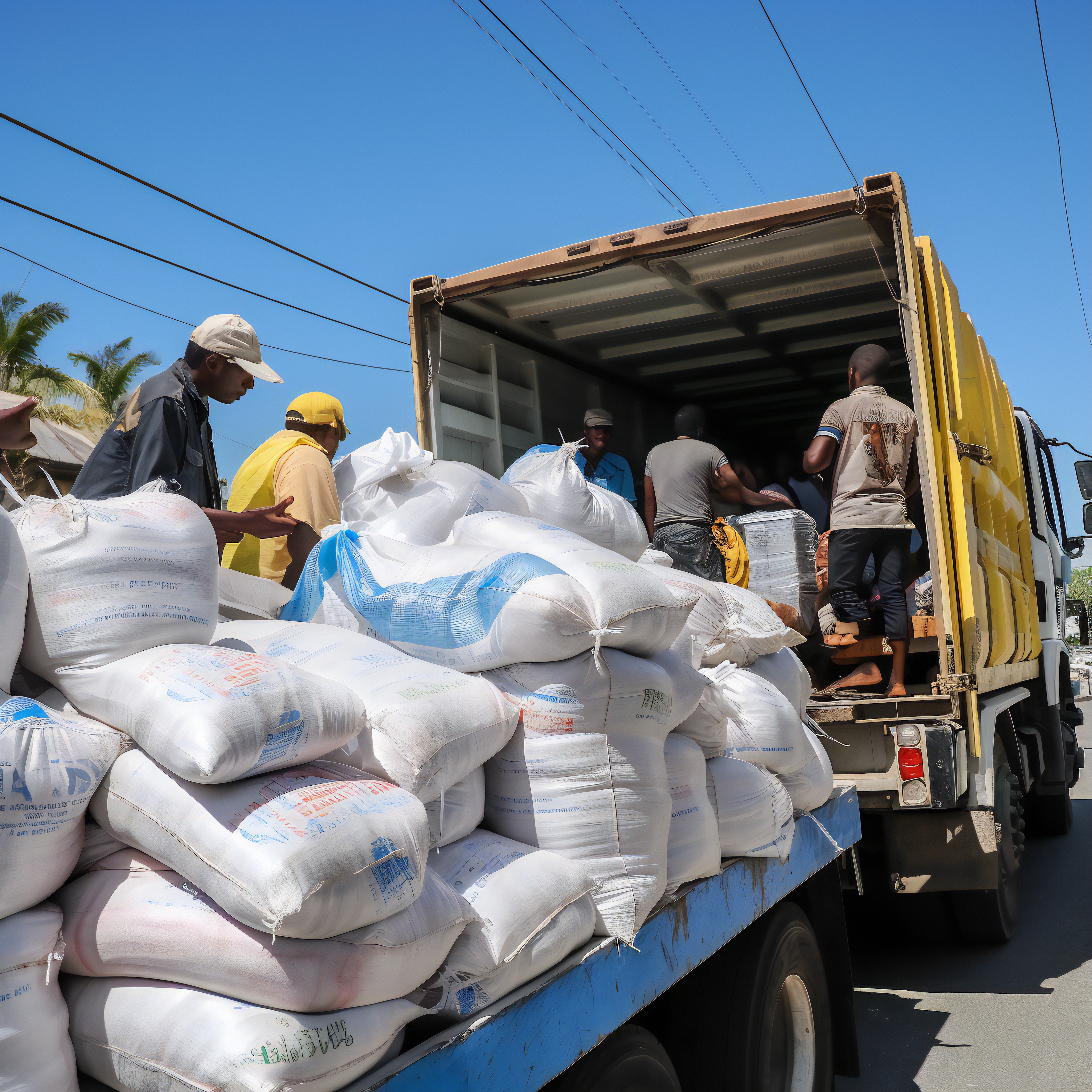
Among the many objectives of the ceasefire agreement signed on October 8 between Israel and Hamas, the flow of humanitarian aid to Gaza was supposed to be one of the easiest and most achievable. According to US President Donald Trump’s 20-point plan, “all necessary aid will be sent immediately to the Gaza Strip” through neutral international organisations “without interference from either side.”
The first phase of the agreement calls for 600 aid trucks to enter the Strip daily without hindrance; compared to disarming Hamas or establishing long-term security and governance arrangements in Gaza, implementing this measure is theoretically straightforward. After two years of horrific deprivation, repeated displacement, and worsening famine, this agreement was supposed to finally allow the people of Gaza to begin receiving adequate supplies of food, medicine, and other vital necessities.
Although the agreement is barely a month old, it has already proven a complete failure and these goals have not been achieved. Just days after it was reached, Israel announced it would delay the reopening of the vital Rafah crossing, a key entry point for aid from Egypt, and would halve the number of aid trucks it was supposed to allow in, claiming that Hamas was too slow in returning the bodies of deceased hostages. (The International Committee of the Red Cross said that returning the bodies of the hostages was an “enormous challenge” requiring specialised equipment and could take weeks).
Days later, the Israeli government threatened to completely halt the flow of aid in response to what it called a Hamas “attack” on an IDF bulldozer in Rafah. However, it backed down under US pressure after it emerged that the Israeli bulldozer had likely struck unexploded ordnance. Several major NGOs have also been crippled by new registration requirements imposed by Israel. In addition, because the northern crossings remain closed, much of northern Gaza is still inaccessible to aid deliveries, despite the opening of roads leading to those crossings.
As a result of these measures, most aid remains blocked, contrary to the terms of the agreement. After an initial influx following the ceasefire, aid deliveries are still far below the minimum required to avert famine; as of October 21, the World Food Programme (WFP) reported that it had managed to deliver less than half of the required food aid.
This points to a problem that has existed throughout the war and even long before it. While international law mandates that humanitarian aid reach civilians regardless of the status of the conflict between warring parties, aid to Gaza has consistently been used as a bargaining chip between Israel and Hamas, or arbitrarily restricted or withheld by Israel. Moreover, by linking ceasefire agreements to an aid-for-hostages equation, negotiators implicitly legitimised Israel’s strategy of collectively punishing civilians in Gaza as a means of gaining advantage or exerting pressure on Hamas. This pattern of obstruction extends to controlling and overseeing aid delivery.
From the early months of the war, Israel refused to work with the United Nations Relief and Works Agency for Palestine Refugees (UNRWA) which remains the largest and most efficient aid provider in Gaza and a key supporter of Palestinian and international relief organisations. Since the agreement, Israel has refused to resume dealings with the agency, hindering large-scale relief efforts.
Despite these formidable challenges, it is still possible to avert and reverse the humanitarian crisis in Gaza. The US has established a new Pentagon-led Civil-Military Coordination Center (CMCC) to oversee the expansion of aid. If this centre takes a proactive approach and acts as a barrier against Israeli obstruction of aid, it could play a decisive role. However, to be effective on the ground, this centre must support the UN-led aid coordination system rather than seek to replace it.
The guarantor states of the agreement, including regional powers, European countries, and the US, will also have to work closely to support the UN relief infrastructure, ensure adherence to the humanitarian aspects of the agreement, and be prepared to apply swift US and international pressure should any backsliding or interference occur.
Given the number of lives at risk if humanitarian aid falters, achieving this objective must be a priority for the guarantors of the agreement, on par with security concerns. With famine persisting and winter approaching, every delay will come at a high cost.
Photo: Aid trucks headed into Gaza (by Adobe)